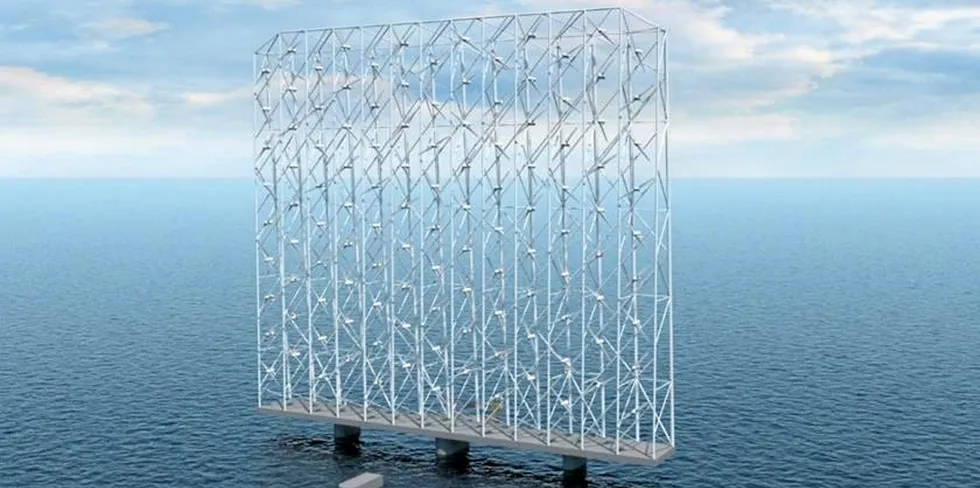Big Oil's hydrogen cash splash, green marine marvels and Brazil's offshore wind dawn
AGENDA | Our curation of the must-read news and analysis from the-week-that-was in the global renewable energy industry

AGENDA | Our curation of the must-read news and analysis from the-week-that-was in the global renewable energy industry
